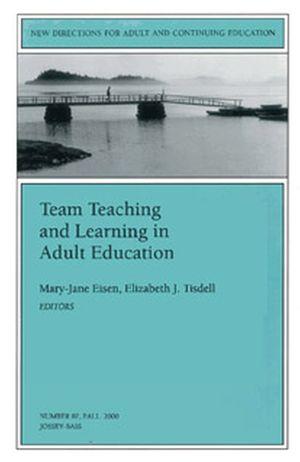Resources
Engaging students in a course in the Sociology of Religion can be a challenge, particularly when working with student populations in a homogeneous region of the country who have limited experience with religious diversity. We approached the course from a sociological/anthropological perspective, requiring each student to complete an in-depth participation/observation research experience and write an ethnographic account of a religion or belief system different from his or her own. While other instructors have used a similar pedagogy, using ethnography with our student population was generally successful as a learning and writing tool.
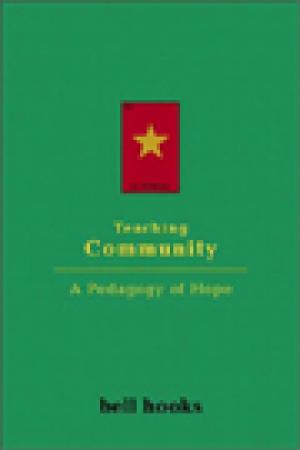
Teaching can happen anywhere, at any time - not just in classrooms but in churches, in bookstores, in homes, anywhere people get together to share ideas that affect their daily life. In Teaching Community, bell hooks shows how complex ideas of cultural theory can be simplified and made relevant to the lives of working people, and how the values of shared knowledge and learning can be a catalyst for progressive social change. Teaching - so often undervalued in our society - can be a joyous and inclusive activity and, as hooks shows, can never be confined to the classroom. (From the Publisher)
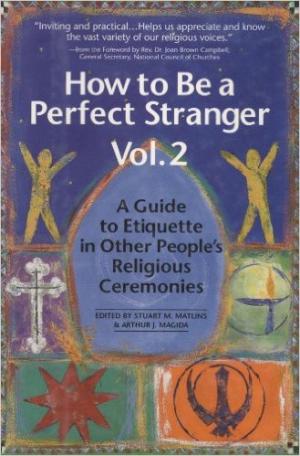
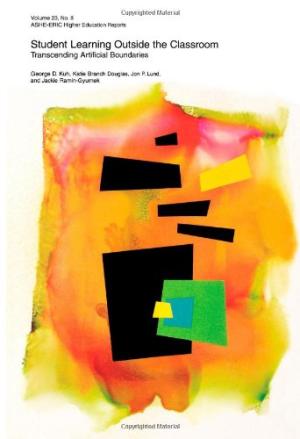
Explores the issue of institutional productivity and student learning outside the classroom. Reviews the conditions that can foster a climate where out-of-classroom experiences can contribute to greater educational productivity. (From the Publisher)
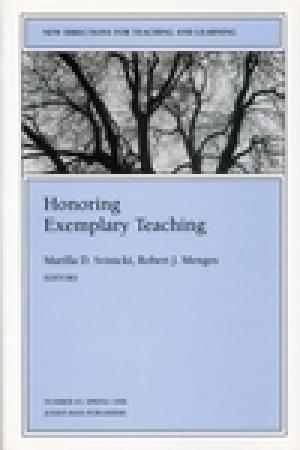
The seemingly subtle difference between asking "What should we teach?" and "How will students be different as a result?" can lead to changes that permeate all aspects of an institution. Decisions about classroom content and methods, as well as larger curricular issues, depend on a clear view of intended outcomes - what we want students to know and be able to do with what they know. It is ironic that college catalogues include assurances that graduates will be prepared to participate in society as contributing citizens, make informed decisions, and take on leadership roles, and yet the abilities necessary for these contributions are not explicitly taught. In contrast, the programs set forth in this volume assist students to integrate what they know with what they can do. (From the Publisher)
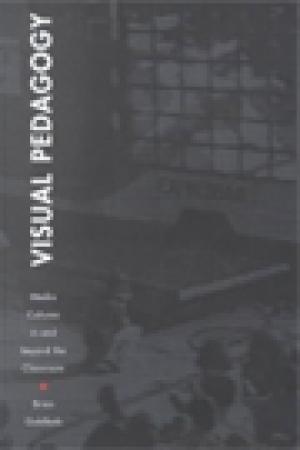
In classrooms, museums, public health clinics and beyond, the educational uses of visual media have proliferated over the past fifty years. Film, video, television, and digital media have been integral to the development of new pedagogical theories and practices, globalization processes, and identity and community formation. Yet, Brian Goldfarb argues, the educational roles of visual technologies have not been fully understood or appreciated. He contends that in order to understand the intersections of new media and learning, we need to recognize the sweeping scope of the technologically infused visual pedagogy both in and outside the classroom. From Samoa to the United States mainland to Africa and Brazil, from museums to city streets, Visual Pedagogy explores the educational applications of visual media in different institutional settings during the past half century. Looking beyond the popular media texts and mainstream classroom technologies that are the objects of most analyses of media and education, Goldfarb encourages readers to see a range of media subcultures as pedagogical tools. He illuminates the educational uses of visual technologies in schools and other venues. The projects he analyzes include media produced by AIDS/HIV advocacy groups and social services agencies for classroom use in the 90s; documentary and fictional cinemas of West Africa used by the French government and then by those resisting it; museum exhibitions; and TV Anhembi, a municipally sponsored collaboration between the television industry and community-based videographers in Sao Paolo, Brazil. Combining media studies, pedagogical theory, and art history, and including an appendix of visual media resources and ideas about the most productive ways to utilize visual technologies for educational purposes, Visual Pedagogy will be useful to educators, administrators, and activists. (From the Publisher)
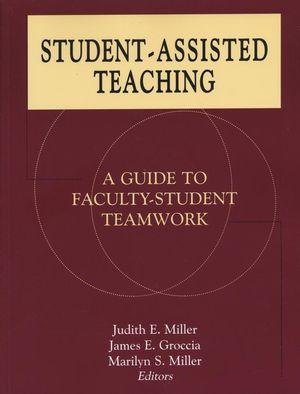
This innovative book provides a range of models for undergraduate student-assisted teaching partnerships to help faculty, faculty developers, and administrators make learning more student-centered, more effective, and more productive. Each of the 31 models included in this volume is supported with practical details and focuses on four main aspects of a specific peer-assisted learning environment: 1) implementation, 2) evidence of effectiveness and learning benefits, 3) analysis of time and cost expenditures, and 4) suggestions for replication. The chapters present a range of approaches, applications, disciplines, institutions, and contexts, and demonstrate that student-faculty partnerships can be adapted to meet diverse needs in a variety of situations. Extensive appendices aid implementation by providing concrete examples of hiring documents, training syllabi, teaching materials, and evaluation methods. (From the Publisher)
